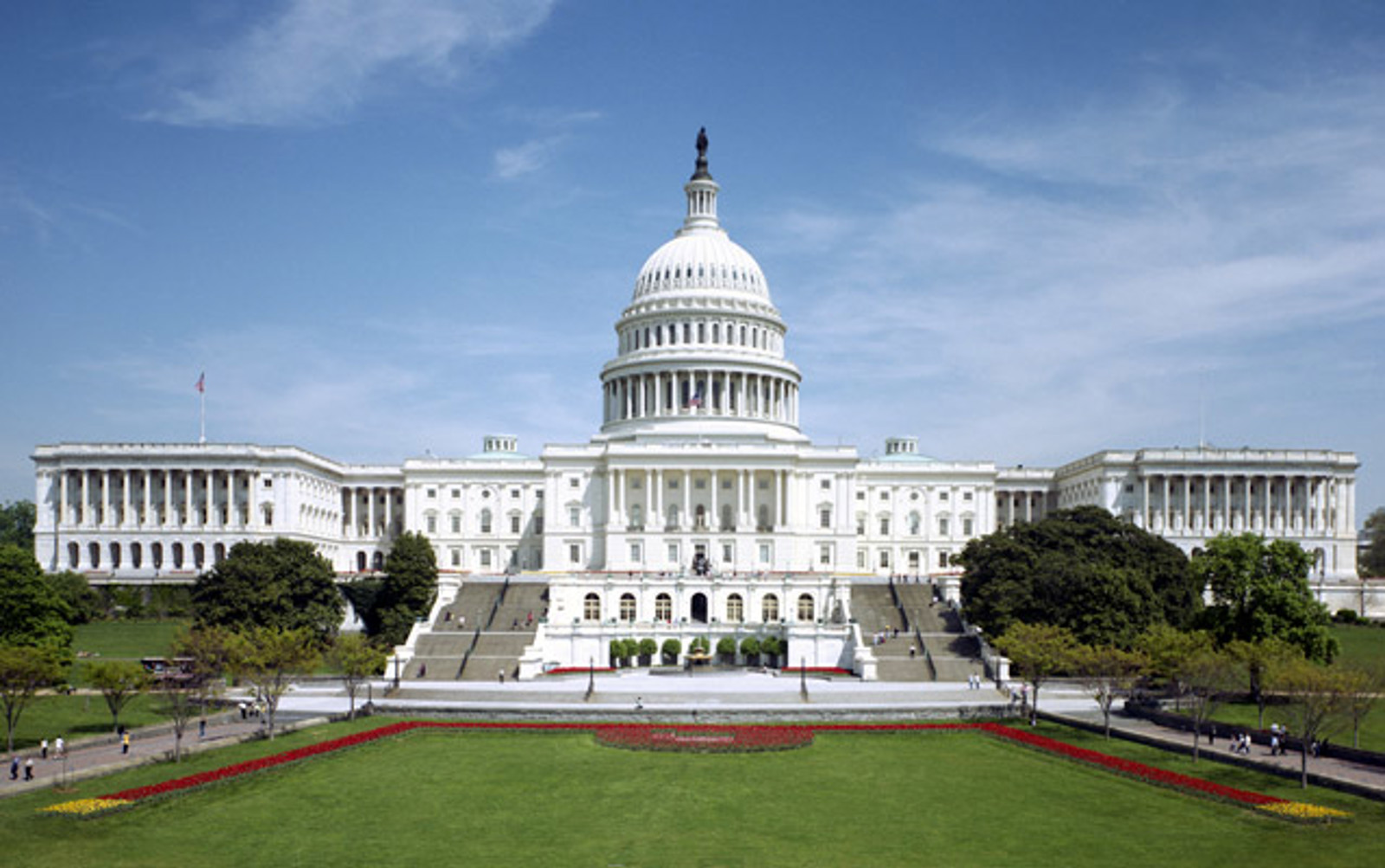Reconciliation Moves Forward
After days of trying to resolve their differences, and under pressure to make progress on the reconciliation bill from the White House, congressional leaders agreed to move the budget reconciliation bill forward by writing a joint budget resolution that has different deficit reduction instructions for House and Senate committees.
The agreement would give Congress until April 11 to pass a resolution, punting further negotiations on final committee savings amounts and the legislative changes to reach those targets to later in the process.
The driving force behind the two-track instructions is President Trump’s desire for Congress to show movement on his priorities even though House and Senate negotiators still haven’t worked out their differences on such fundamental questions as how to pay for extending the 2017 tax cuts, how to address cuts to the Medicaid program, how much savings to extract from the federal student loan program, and whether to expand the endowment tax.
This two-track approach greatly affects the work the education and tax committees must do in reconciliation. For example, the House Committee on Education and Workforce and the Senate Committee on Health, Education, Labor & Pensions are currently billions of dollars apart in their goals, with the House targeting $330 billion over 10 years, and the Senate setting a more modest floor of at least $1 billion in savings. By not agreeing on specific target amounts now, the committees are left in limbo to write separate bills at different levels and then negotiate their differences.
The two-track approach, which was intended to demonstrate forward progress, may ultimately make the reconciliation process take longer.
Another wrinkle in the reconciliation process is that the Congressional Budget Office estimates that the federal debt ceiling limit will be reached between August and September. Congressional Republicans are split on whether to include a debt ceiling adjustment in the reconciliation package or attempt to pass separate legislation. With tight margins in both chambers this is a difficult call to ensure the debt limit is reached.
For more information, please contact:
Stephanie Giesecke

